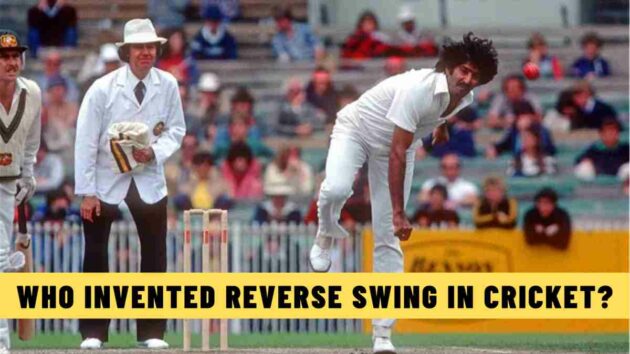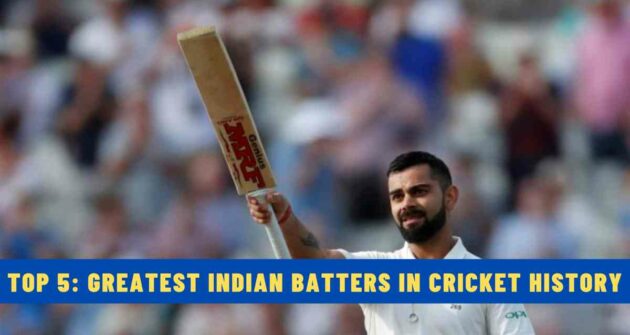Reverse swing is a skill that is difficult to execute, as it takes patience and hard work in the nets to sharpen and make it more penetrative. In reverse swing, when the bowler delivers the ball, it swings in the opposite direction compared to where it should move, thus surprising and making the batter play the wrong line.
Reverse swing is one of the most penetrative resources for any pacer. With the modern-day game becoming more and more batter-friendly after the introduction of T20 cricket, bowlers need to be proactive and constantly sharpen their skills by adding variety to their bowling.
Reverse swing is difficult to judge for the best batters. Reverse swing is executed when, on one side of the ball, sweat is applied and rubbed on the thighs. The other side of the ball will get worn off after the pitch gets rough and dry.
While bowling, a thin layer of air called a boundary layer is formed that doesn’t stay attached as it has to separate sometimes. After this separation, the ball swings sideways with a movement in the air.
Due to the polishing and shining on one side, the ball moves faster in the air, thus making it difficult for the batter to read the line.
In the past, we have witnessed bowlers who have excelled in conditions that aid swing and seam movement, being consistently on target with reverse swing.
These bowlers were the first to introduce this delivery, which gained traction with every passing decade as bowlers of different generations added variations to it, thus adding more prowess to their skills.
So who invented the reverse swing? We take a look at the masters of this discovery.
Also Read | Ten Best Swing Bowlers in Cricket
The Inventor of Reverse Swing
Pakistan has had the reputation of producing world-class pacers who were equally penetrative with their swing, and reverse swing was also discovered there.
Salim Mir, who played domestic cricket in Pakistan, discovered this delivery and passed the skill on to Sarfaraz Nawaz. The former Pakistan pacer played for Pakistan from 1969 to 1984, claiming 177 wickets in 55 tests.
In one of the Tests against Australia at the MCG, Nawaz registered figures of 9 for 86, helping Pakistan win the match. The former pacer bowled well against England in England in the 1974 Test series, where he took 9 wickets, as it is easy to get swing and movement for bowlers who showcase creativity with swing.
Former Pakistan skipper and politician Imran Khan was another clever operator of reverse swing, as he learnt this trick from Sarfaraz Nawaz and utilised it more accurately with the old ball.
Former legends Wasim Akram and Waqar Younis formed a deadly combo when it came to bowling devastating spells and cracking the best batting lineups with their speed, movement, and accuracy in reverse swing.
Akram swung the ball with a combination of late movements that skidded quickly, while Younis swung the ball with pace. Both bowlers ended their careers as the most successful bowlers in the history of Pakistan cricket.
Former South African pacer Dale Steyn dominated the best batting lineups with his lightning-quick reverse swing, which he used to good effect even in batting conditions to outgun the best batters.
Former England pacers James Anderson, Andrew Flintoff, and Stuart Broad added variety to their reverse swing. Anderson moved the ball away from the right-handers, while Broad created problems with his incoming deliveries. Flintoff bowled with speed and relied on movement off the wicket.
Indian speedster Jasprit Bumrah has been a penetrative reverse swing option who can reverse swing the ball with consistency in all conditions.
Read Next | Fielding Positions in Cricket – An Overlook











